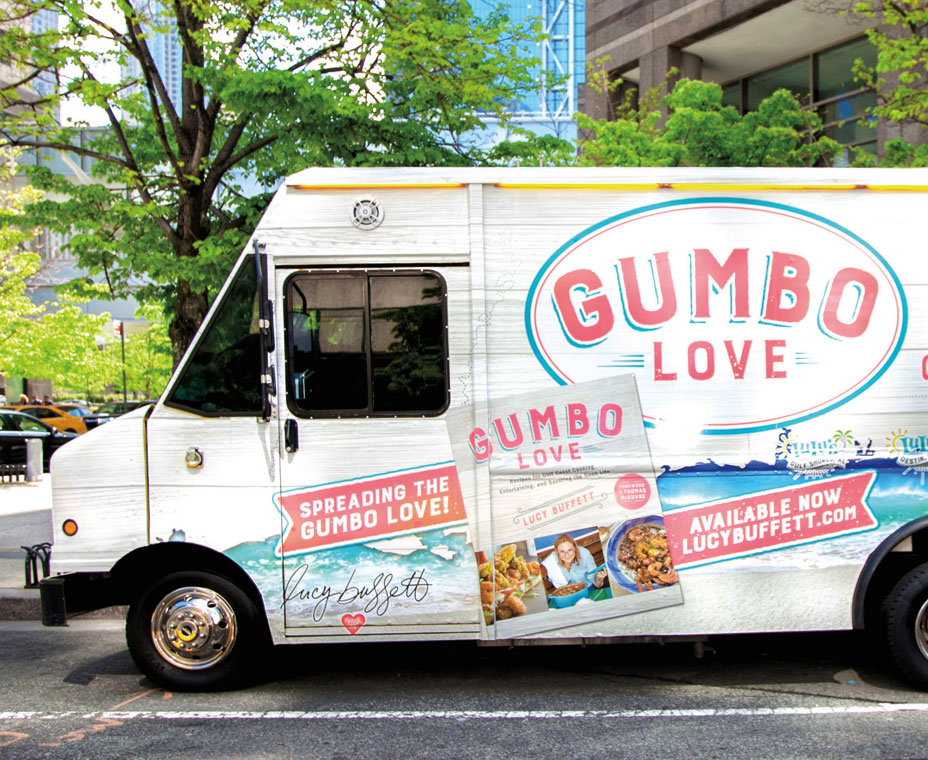Food trucks were uber-popular four or five years ago, but, like most trends, consumer attention toward trucks gradually waned.
That’s not to say food trucks stopped being popular; in fact, the opposite is true. More than 4,000 food trucks are zipping around the nation these days, with annual sales exceeding $1.2 billion. Food-truck revenue jumped at an annual rate of 7.9 percent over the past five years, estimates IBISWorld, the market research specialist.
Here are a dozen trends for this maturing industry, according to the experts.
1. Food no longer has to be sold from the truck. Gone are the days of food-truck food sold exclusively out of trucks. Eager to earn additional income, food-truck operators are increasingly dishing their menus at markets, food fests, and pop-up stores, says Ben Goldberg, founder and president of the New York Food Truck Association.
2. Branded promotions are on fire. When big companies have major new product launches, they are increasingly bringing along food trucks to the rollouts to add to the excitement, Goldberg says. For example, when AME Network had an event with its media partners, the New York–based company linked with locally popular Katz’s Delicatessen. The New York Food Truck Association helped to organize nine Katz Deli food trucks for the occasion.
3. Trucks are part of something bigger. Later this summer, the Seventh Street Truckyard will open an indoor food-truck eatery in St. Paul, Minnesota, changing the idea of how trucks operate. Several trucks will be placed inside a former warehouse, along with bars, live music, and carnival games.
“We wanted to create the food-truck experience indoors,” says Brian Ingram, COO of Minneapolis–based New Bohemia Wurst + Bierhaus, which is creating the project. Among the trucks dishing food will be a 1950 Grumman Olson Milk Truck and a 1976 Palm Beach Lime Green RV.
This model where trucks are part of a bigger food experience is taking off around the country. In Dallas, the Texas Truck Yard features outdoor seating and a covered bar, with space for trucks to regularly park outside. And in Durham, North Carolina, local restaurateur Mattie Beason is opening County Fare, a venue with a bar and spots for a rotating series of food trucks.
4. Unconventional menu items are popping up. The trucks at Seventh Street Truckyard will sell everything from homemade ice cream sandwiches made with local doughnuts and ice cream to pizza topped with unusual proteins like alligator, snake, and wild boar meat, Ingram says.
5. Specialty drinks are, too. Upscale beverages like homemade lemonades, high-quality teas, and specialty ice cream drinks are increasingly being sold via food trucks for premium prices, Goldberg says. At $5 or $6 each or more, the drinks can be very profitable, he adds.
6. Private events are huge—and lucrative. Food trucks are showing up at private events ranging from weddings to bar mitzvahs and graduation parties. With 100–200 people attending these parties, they can be very profitable, Goldberg says. Many food-truck operators make 30 percent or more of their revenue from events like these, he says.
7. Operators are banding together in lots. While there aren’t many food-truck lots in Manhattan due to the high cost of real estate, these lots are showing up in other parts of the country, Goldberg says. Operators love truck lots because they don’t have to worry about police or tickets. What’s more, he says, they don’t have to worry about showing up at 2 a.m. to snatch the best parking spot in the street.
8. Trucks are becoming test kitchens. Olive Garden and Outback Steakhouse have used food trucks to test new products. Some major marketers test new products from food trucks without putting their names or logos on the trucks, Goldberg says.
9. They’re becoming test concepts, too. Two years ago, Ingram created the first food truck used by New Bohemia. One of the places it sent the truck was an area in St. Paul, and sales were so strong that the company opted to build a brick-and-mortar restaurant nearby. Today, that location is the chain’s most profitable store, Ingram says.
10. Menus are getting healthier. It wasn’t that many years ago when deep-fried Snickers or Oreos ranked among the most popular food-truck items. But those days are gone. Trucks today are offering healthier options, particularly leafy green salads. At the same time, fewer food trucks are selling big sandwiches and giant tacos or burritos.
11. Super-fast menu offerings are becoming the norm. Instead of the cooking being done on food trucks, it’s increasingly meal “assembling” that’s taking place, Goldberg says. For example, vendors who offer mac ’n’ cheese made with various flavors are selling a product that’s already made but mostly kept hot on the truck. That’s replacing, say, deep-fried chicken items that typically take a long time to make.
12. Technology is critical. Several newer technologies are becoming second nature to food trucks. While many food trucks formerly relied mostly on Twitter and Facebook, others today are mostly turning to Instagram and Snapchat to let customers know when they are at a certain location, Goldberg says.
Meanwhile, Ingram says that one of the most popular features of his New Bohemia food truck is the free WiFi that he offers. “We give them reason to want to be close to our food truck,” he says.








